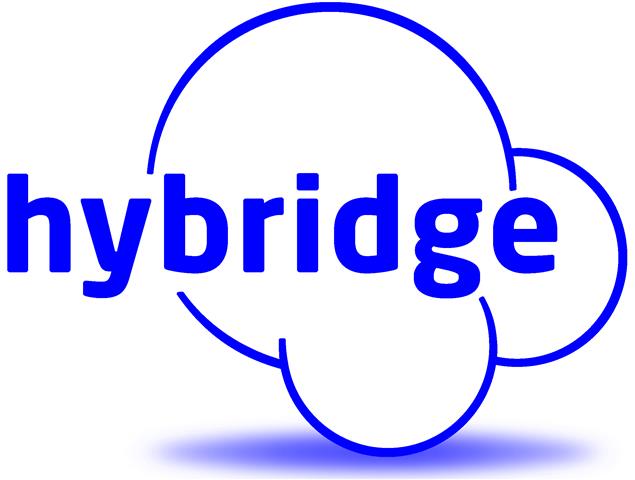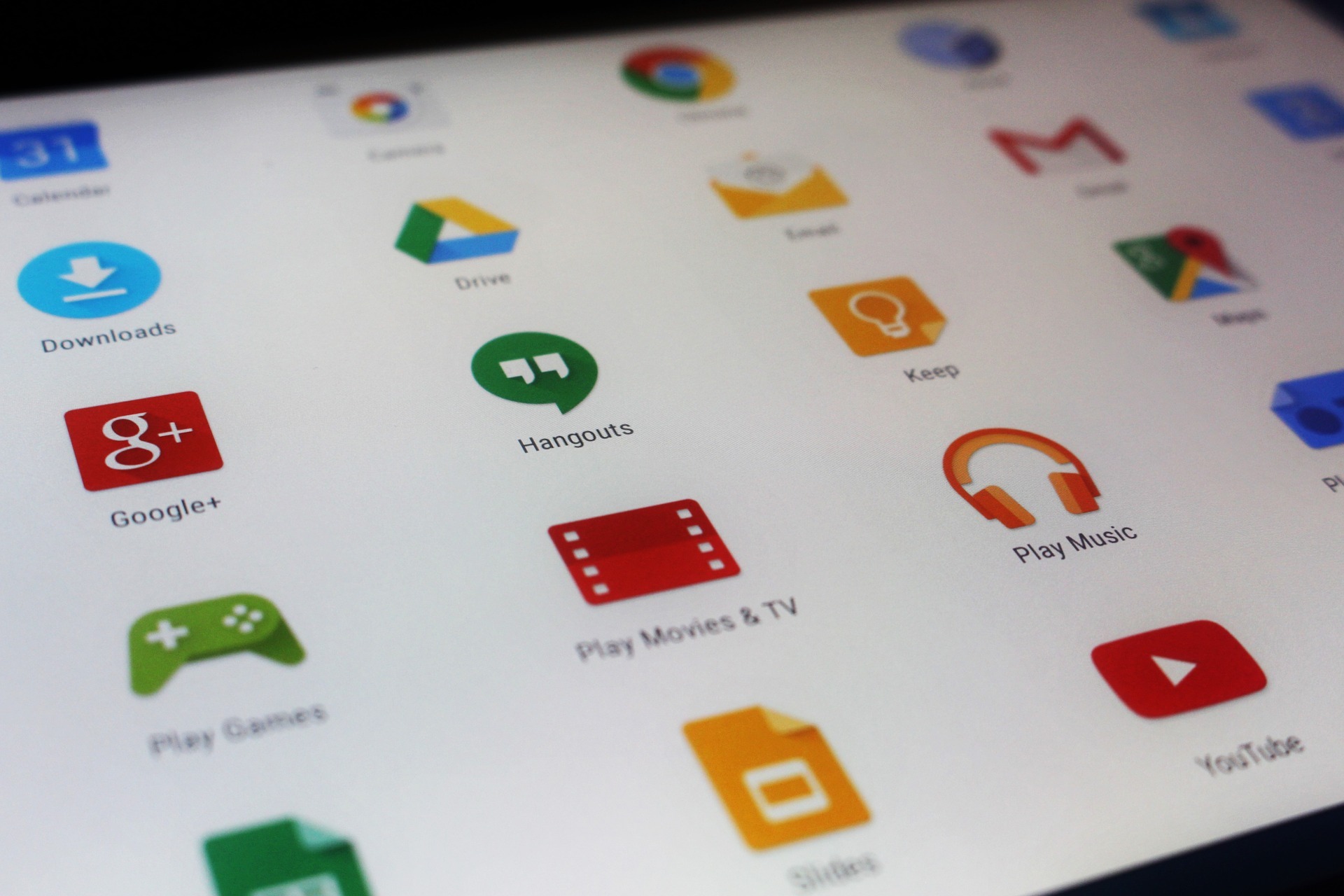Mobile Device Management (MDM) helps you manage and secure devices and enforce IT policies across the organization. With MDM, you can monitor and control your corporate phones and computers and integrate device security with your corporate network security.
How does it work
MDM is software installed on the device called an agent, which communicates with a service in the cloud that centrally manages all agents. Administrators can then configure and deploy policies centrally and push those policies out to each device remotely. The agent software applies the changes to the device without the user having to manually apply changes or return his/her device to IT for changes. Applications can also be deployed centrally and uniformly to all devices in the network allowing for seamless upgrades or new software deployments.
Useful features
There are many benefits to using MDM in your organization, in addition to the ones mentioned above. MDM capabilities include: locking/blocking USB ports, geo-locating devices, user and network tracking, application distribution, remote lock and wipe, password enforcement, app whitelisting and blacklisting, Wi-Fi network credential management, and data encryption enforcement.
These controls are required components of most cybersecurity policies. The primary downside of MDM is that the same capabilities that make it a great security and compliance tool also raise Big Brother concerns with employees, so an open dialog regarding this is a must.
At Hybridge, we deploy Cisco Meraki MDM solutions which have additional capabilities when coupled with Cisco Meraki networks, like blocking network access for devices that are not owned and managed by the client.
If you don’t yet have an MDM solution in place, please call us (650) 421-2000 or email us at info at hybridge.com and we will be happy to discuss and provide the right solution for your enterprise.
Share this blog:









